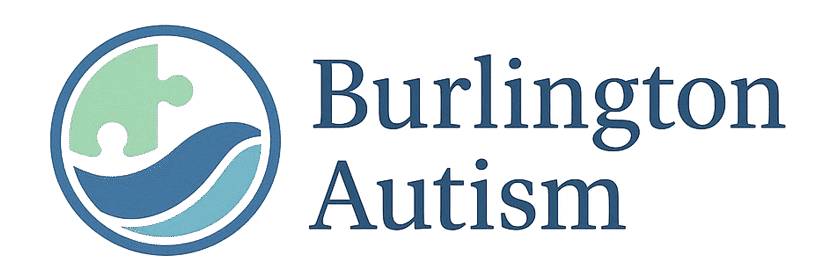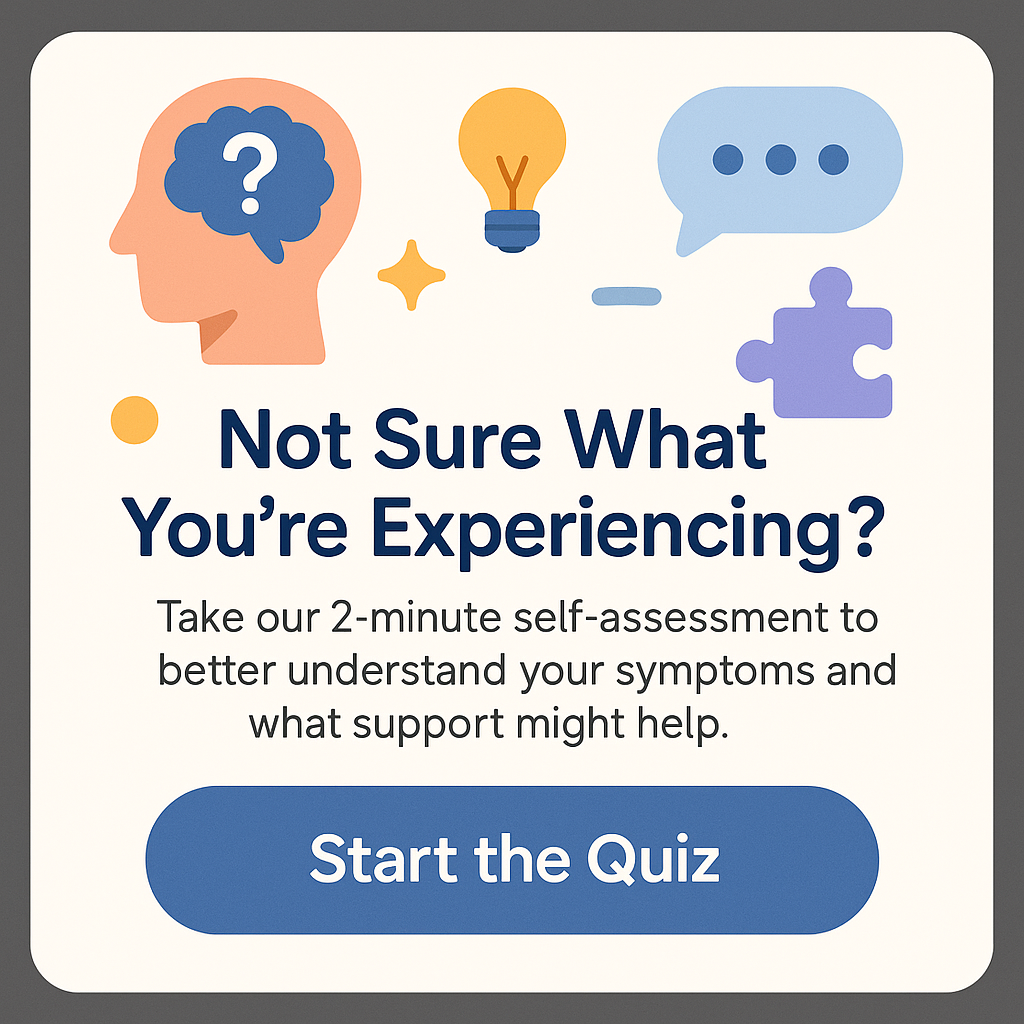How do you qualify to diagnose autism?
Discovering how do you qualify to diagnose autism is vital for early intervention and support for those on the spectrum. Autism Spectrum Disorder (ASD) affects how individuals communicate, interact with others, and experience the world around them. Because of its broad range of symptoms, understanding the qualification process for diagnosis can be quite daunting. Through various resources and knowledge, families and individuals can navigate the complexities of ASD. This journey also involves professionals, their qualifications, and crucial assessment tools that help in making accurate diagnoses. This article serves as a comprehensive guide that will walk you through everything you need to know to understand how do you qualify to diagnose autism. Let’s embark on this enlightening journey!
Understanding the Spectrum: What You Need to Know
Before delving into how do you qualify to diagnose autism, it’s essential to understand what autism is and how it manifests. Autism is classified as a developmental disorder that appears in early childhood and persists throughout life. It shapes how a person perceives the world and interacts with others. Due to the vast range of symptoms, every individual with autism is unique, exhibiting varying degrees of challenges.
This variability is why the American Psychiatric Association has defined autism through a spectrum model, allowing for a more nuanced description of the disorder. It emphasizes that no two individuals will present in the same way, leading to different approaches for how do you qualify to diagnose autism. Diagnosis typically involves a combination of behavioral assessments and personal interviews.
The Importance of Early Diagnosis
Why is early diagnosis so crucial? Well, early intervention can significantly benefit individuals with autism. Symptoms often emerge between the ages of 2 and 3. Therefore, recognizing these symptoms and seeking a diagnosis as soon as possible can help in managing challenges effectively. Therapeutics like behavioral therapy, speech therapy, and occupational therapy can alter developmental trajectories positively.
Furthermore, an early diagnosis allows families to understand their child’s unique needs and to make informed decisions about education and treatment plans. But how do you actually get to diagnosing autism? The route involves engaging professionals who are well-versed in neurodevelopmental disorders.
So, who qualifies to diagnose autism? Typically, licensed professionals such as pediatricians, psychologists, psychiatrists, or developmental specialists carry the credentials to conduct assessments. These professionals use standardized tools and their clinical judgment to evaluate behaviors and symptoms consistent with autism spectrum disorder.
The Diagnostic Process: Who Can Help?
Now that we’ve tackled how do you qualify to diagnose autism, let’s break down the diagnostic process further. The pathway usually begins with a referral from a healthcare provider or an educator who notices developmental concerns. Parents may first notice specific communication or behavioral challenges that lead them to seek help.
The evaluation process may involve several steps, including:
- Comprehensive Developmental History: This includes detailed information about the child’s developmental milestones from birth up to the present.
- Standardized Screening Tools: Tools such as the Autism Diagnostic Observation Schedule (ADOS) or the Childhood Autism Rating Scale (CARS) may be used. These assessments gauge specific behaviors that are indicative of autism.
- Observational Assessments: Healthcare providers often observe the child’s behavior in various settings, looking for social interactions and communication styles.
- Parent Interviews: Gaining insights directly from parents regarding their child’s behavior at home and in social settings is crucial.
- Collaboration with Educators: Special education teachers or school staff may provide valuable insights into a child’s interactions and learning patterns in a school setting.
After going through this evaluation process, professionals analyze the collected data and determine if the symptoms align with the criteria outlined in the Diagnostic and Statistical Manual of Mental Disorders (DSM-5). This comprehensive methodology not only increases the chances of accurate diagnosis but also acknowledges the complexity of autism, reinforcing that different individuals may require different qualifications for diagnoses.
Legal and Ethical Aspects of Autism Diagnosis
When we explore how do you qualify to diagnose autism, it’s also important to consider the ethical and legal aspects surrounding the process. Qualified professionals are subject to legal standards that protect the rights of individuals being assessed. These standards ensure that the evaluation is done respectfully, professionally, and without bias.
HIPAA (Health Insurance Portability and Accountability Act) ensures that all medical records—including those related to autism diagnoses—are secure. Parents and individuals have the right to participate actively in the diagnostic process, enabling them to make informed decisions about their treatment and educational paths.
Additionally, obtaining a diagnosis allows families to access resources such as government assistance, insurance coverage for therapy, and educational accommodations. Therefore, understanding how do you qualify to diagnose autism opens up a world of legal rights and protections for families dealing with autism. This journey empowers families to advocate effectively on behalf of their loved ones.
Building a Support System
Having a comprehensive diagnosis not only illuminates the path to necessary interventions but also creates opportunities for building a robust support system. Families will find that support groups, both online and offline, can be invaluable in sharing resources and experiences. These platforms allow for collective learning and emotional support from those who are navigating similar experiences.
Moreover, parents can connect with therapists, educators, and medical professionals who specialize in autism. The more integrated the support network, the better outcomes families may experience. The ability to share knowledge often leads to improved strategies to deal with various challenges faced by the individual.
Lastly, it’s important for families to remember that autism is often evaluated as a life-long journey, and finding the right professional who understands this perspective significantly contributes to the diagnostic process. The question remains: how do you qualify to diagnose autism? It begins by getting informed, reaching out for professional assessment, and creating a collaborative spirit around diagnosis and subsequent interventions.
Conclusion
As we wrap up this exploration into how do you qualify to diagnose autism, it’s clear that this is a multifaceted process entailing a mix of professional expertise, ethical considerations, and family involvement. By understanding the spectrum’s nature, recognizing the key steps in the diagnostic process, and leveraging available resources, you can prepare for the journey ahead. It’s essential for families to feel empowered as they navigate through this complex realm, seeking understanding, support, and necessary interventions for individuals on the spectrum.
Whether you’re a parent or someone directly impacted by the nuances of autism, it’s crucial to know that you are not alone. A network of professionals is ready to assist, and numerous resources are available to guide you through making informed decisions. Knowledge is power, and understanding how do you qualify to diagnose autism may just be the first step in creating a brighter future.
FAQs
1. What are the first signs of autism?
The first signs can vary but often include delayed speech, lack of eye contact, repetitive behaviors, or difficulty in social interactions.
2. At what age should a child be tested for autism?
Typically, screening should occur at 18 months and again at 24 months, especially if there are developmental concerns. Early diagnosis is crucial.
3. Can autism be diagnosed without a medical professional?
While parents may notice signs, a diagnosis requires a trained professional who can evaluate and assess symptoms. Do not self-diagnose.
4. Is it possible for autism to be diagnosed later in life?
Yes, many individuals receive diagnoses as teenagers or adults, often after years of struggle with unidentified symptoms.
5. How long does the diagnostic process take?
The process can vary but typically involves several appointments. Depending on circumstances, it may take weeks to months to complete a thorough evaluation.
What are examples of behavior in aba?







